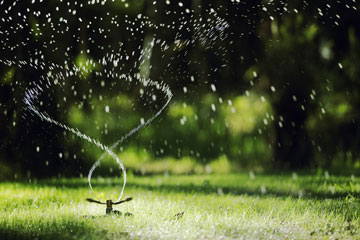

 Greenview Fertilizer is one of the nations leading experts in lawn care and the production of fertilizers and grass seeds with the most advanced technologies and proprietary ingredients used on championship golf courses. They recently ran an article on the best tips and tricks for water to ensure a lush lawn. Here are some of the highlights that you can use on your Bloomfield Hills Lawn.
Greenview Fertilizer is one of the nations leading experts in lawn care and the production of fertilizers and grass seeds with the most advanced technologies and proprietary ingredients used on championship golf courses. They recently ran an article on the best tips and tricks for water to ensure a lush lawn. Here are some of the highlights that you can use on your Bloomfield Hills Lawn.
Your lawn is really an extension of your living space—invaluable for play, family time and entertaining. It’s also the backdrop for your home, and contributes to your neighborhood’s overall appeal. Knowing how to keep it watered—without overdoing it or wasting water—is an important part of overall home maintenance.
How much water does your lawn need? That will depend on your soil, but generally, your lawn will need at least an inch of water every week, ideally in two half-inch increments.
Follow these additional tips to keep your lawn healthy and green, using the least amount of water.
For more information or to read the complete article visit their website blog here.